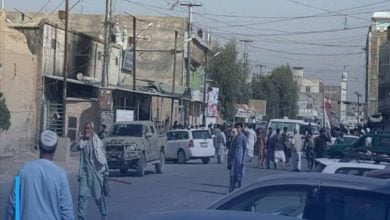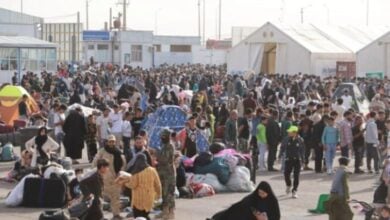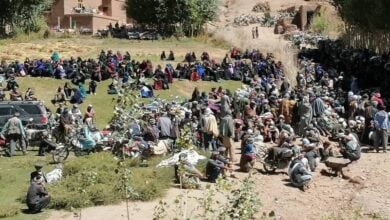Surge in Human Trafficking in Afghanistan: A Growing Crisis

Human trafficking in Afghanistan has surged dramatically over the past year, with networks exploiting vulnerable youth amid worsening economic conditions, according to a recent survey by Amu TV. The crisis is particularly acute in border provinces, where desperation drives many to seek illegal migration routes.
The survey, conducted across eight provinces—Farah, Bamiyan, Parwan, Jawzjan, Faryab, Daikundi, Paktia, and Herat—revealed alarming statistics. A significant 67% of respondents noted an increase in trafficking activities in their areas, while only 15% believed the situation had improved. The majority of victims targeted by these networks are young people, with traffickers often engaged in multiple criminal enterprises, including drug smuggling and arms trafficking. Disturbingly, nearly 7.5% of respondents indicated that trafficking networks have links to terrorist organizations, further complicating the security landscape.
The survey found that 82.5% of traffickers are Afghan citizens, while the remaining 17.5% are foreign nationals, primarily from Pakistan. The motives driving these trafficking networks are predominantly financial; 95% of respondents cited profit as the main objective. However, other illicit activities reported include sexual exploitation (2.5%), arms trafficking (2.5%), and drug smuggling (7.5%). Alarmingly, 10% of respondents noted that traffickers collaborate with kidnappers, and 5% reported involvement in organ trafficking.
Respondents revealed that traffickers lure victims with deceitful promises of a better future abroad. Approximately 57.5% stated that false and enticing offers are common tactics used to attract potential migrants. The dire economic conditions in Afghanistan, characterized by rampant unemployment and inflation, have left many with no choice but to seek escape through these perilous networks.
Victims shared harrowing accounts of their experiences, including being kidnapped and subjected to extreme deprivation as well as witnessing fellow migrants die from hunger and abuse. Women and children are not exempt from these dangers; many women were forced to abandon their children during the treacherous journeys.
Provinces like Nimroz, Herat, and Kandahar are hotspots for trafficking, where networks compete to control migration routes. As Afghanistan’s situation deteriorates, these networks are likely to expand, further endangering vulnerable populations.





